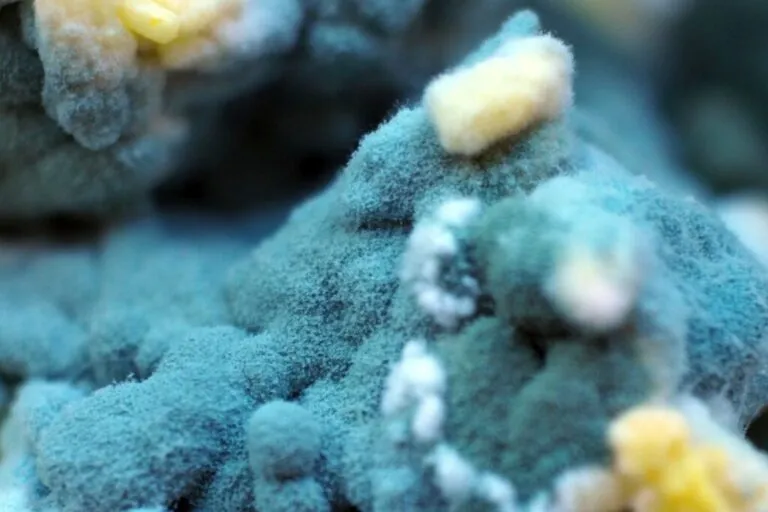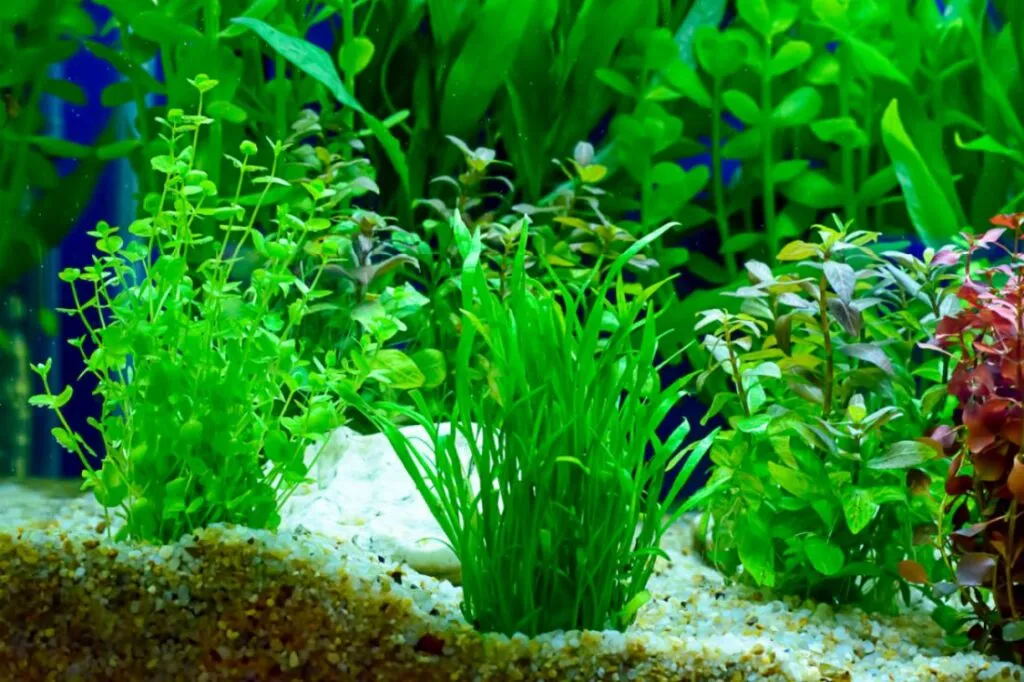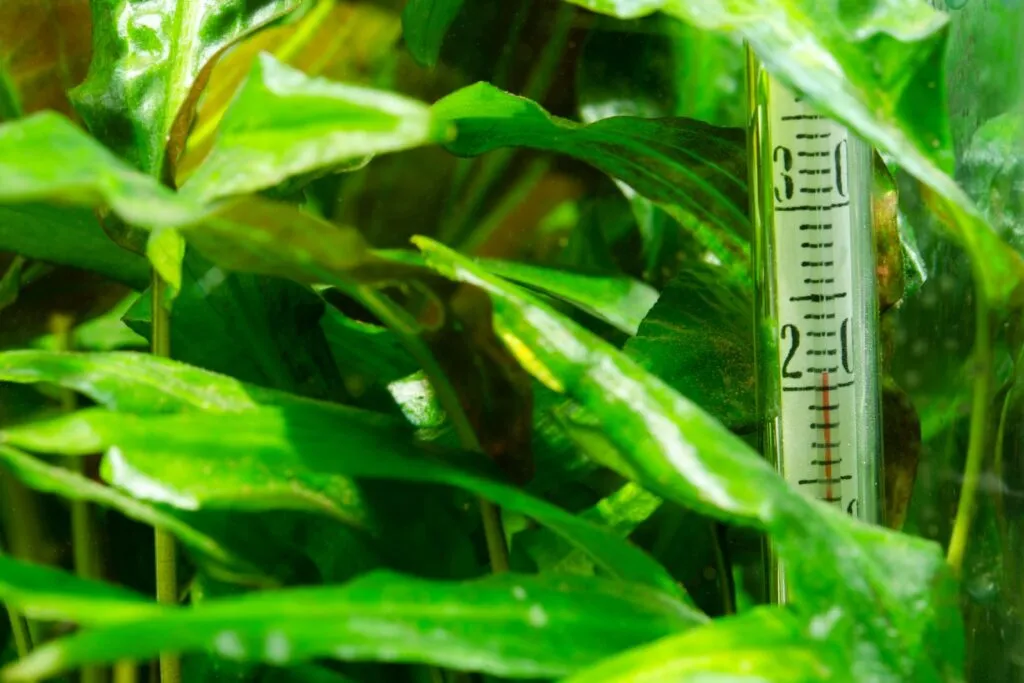Blue-Green Algae – Identification and Prevention
Blue algae looks like a green-blue carpet which can cover plants, decorations, and the bottom layer of the aquarium. Not only are they an eyesore, but blue-green algae can pose a significant risk to all forms of life in the aquarium. But what actually are they, and how do they grow? Read on to find out how to effectively combat and prevent the build-up.


